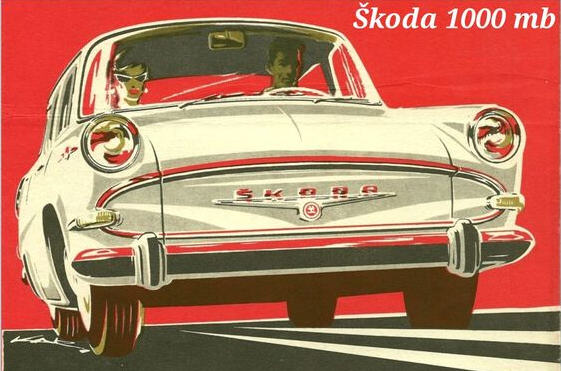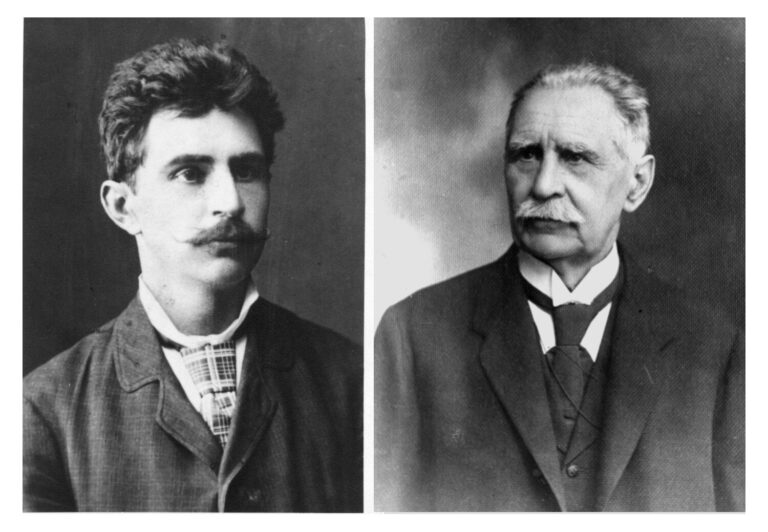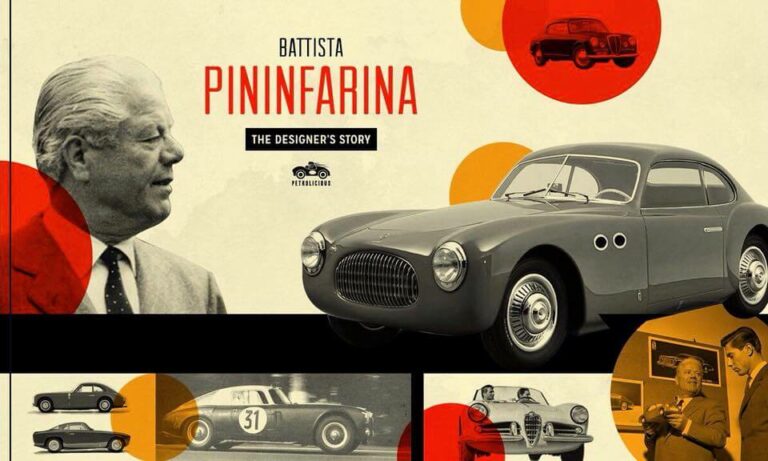1975 - Paul Járay
Paul Jaray (10 March 1889 - 22 September 1974)
1975 on 6 September published a beautiful commemoration in the Car engine about Pál Járay, the Hungarian inventor and pioneer of aerodynamics. But who was Járay?
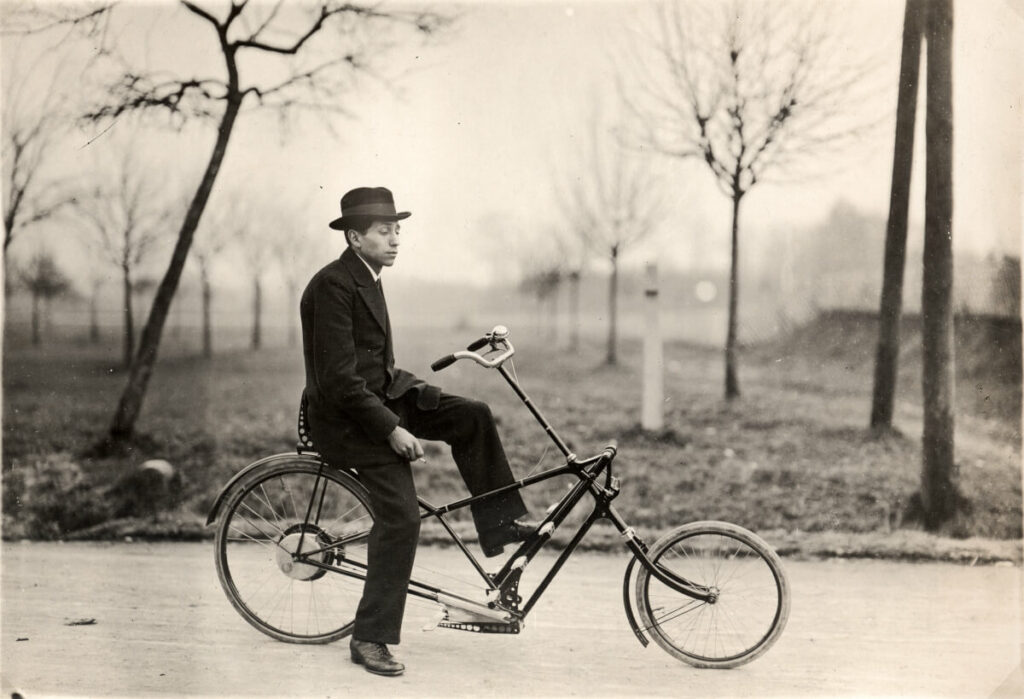
The young Járay (Source: wikipédia)
Pál Járay was born in a Hungarian Jewish family to Adolf Járay, a wine merchant, and Terézia Schönberg. His parents were married in Óbuda on 19 January 1873. He began his studies at the Maschinenbauschule (Secondary School of Mechanical Engineering) in Vienna and later went to the Technical University of Prague, where he worked as an assistant to Professor Rudolf Dörfl. Early in his career he designed aircraft. From 1913 he served in the military at Luftschiffbau Zeppelin in Friedrichshafen, where he worked on the flow analysis of airships.
After the First World War, he built the world's largest wind tunnel at the time, and then turned his attention from airships to designing cars. In 1923 he settled in Switzerland. He introduced the concept of the 'streamlined car', and his principles were adopted by a growing number of car manufacturers. His patent was the basis for the bodywork of the first prototype Volkswagen 'bug-back'. At the end of his career he was a professor at the Eidgenössische Technische Hochschule in Zurich.
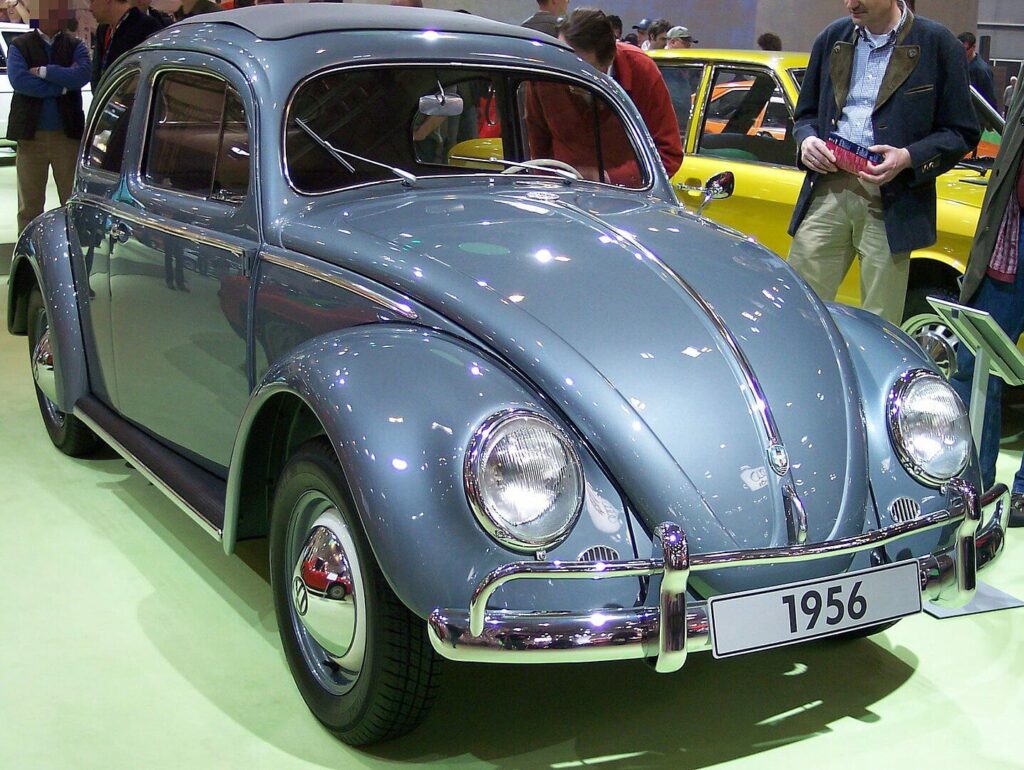
The shape, which has already been developed taking into account Járay's aerodynamic results (Source: wikipédia)
♠
Below is a verbatim copy of the 1975 Auto-Motor article, with notes by György Liener :
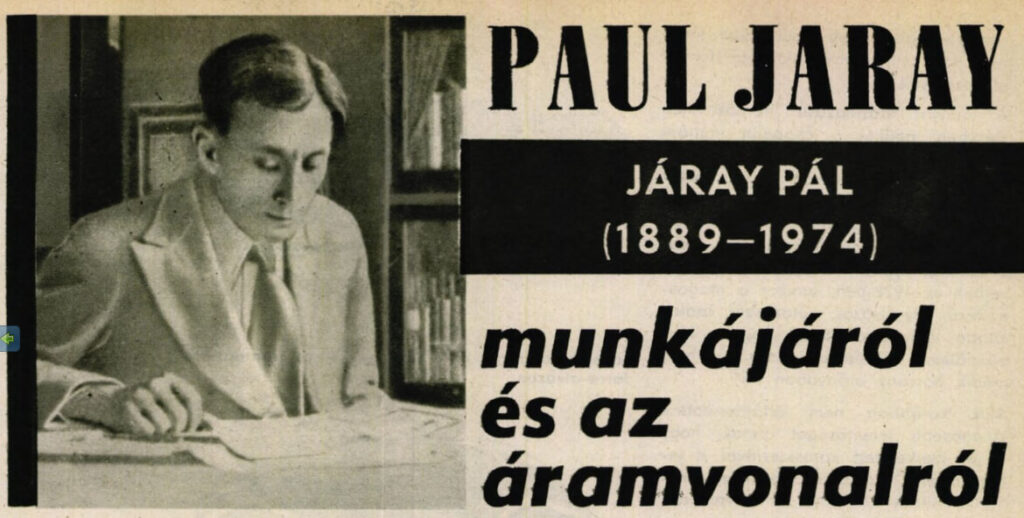
Lean out of the window of a speeding car and in that moment you feel, you understand, that the speeding car has to overcome the resistance of the air. How to reduce the drag of cars has been tried by many, but perhaps the best results in getting the flow lines right were achieved by Hungarian-born Pál Járay.
Paul Jaray, as he was known in the motoring world since 1922, died in Switzerland on 22 November last year (1974). At our request, the editors of Automobil Revue have now sent us some images to add to our collection, recalling some of the models of yesterday and today that bear the hallmarks of Paul Jaray's hand and his basic design ideas.
Back in Vienna, when the Zeppelin airship was being built, the Hungarian-born engineer was still very much concerned with the drag of airframes, but the automotive industry at the time gave very little thought to what was later simply called the streamline. It was an aero-dynamicist who gave Jaraja the impetus for his car designs, and in 1922, when he modified the high-built Ley chassis automobile, he had already demonstrated that the power requirement of drag increases in proportion to the third power!
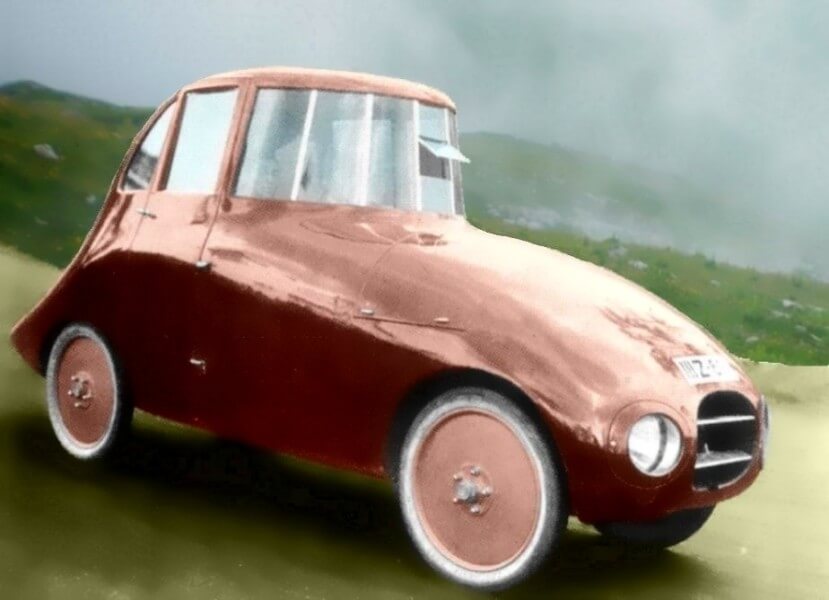
The experimental Ley T 6, designed for the 1922 Berlin test (Image source: LinkedIn / Rob Curedale)
Those who had previously not given much importance to the fact that a well-constructed body can increase the speed of a car took Járay's theory seriously after a few experiments.
In the automotive industry, Járay's patent was first used by the designers of Tatra, Daimler-Benz, Maybach, Auto-Union, Adler, BMW, Steyr cars, and later by the designers of the American Chrysler factories. Later on, after the 1930s, more and more cars were designed to meet the known laws of drag.
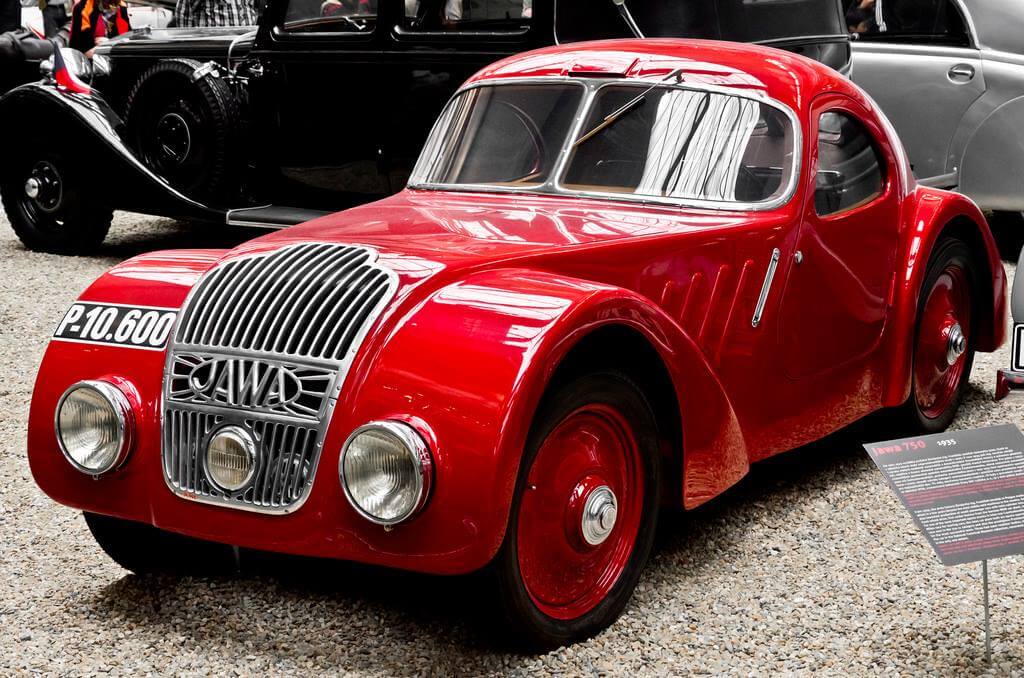
Járay bodywork from 1934 on a 750 front-drive Jawa chassis.
Járay summarised the aerodynamic requirements for the bodywork in three points: the frontal surface of the car should absorb little air and not push it ahead, but should allow it to flow smoothly. Second requirement: the air must flow through all the front and back of the carriage
bodywork, and finally, the air should also be discharged without turbulence at the rear of the car.
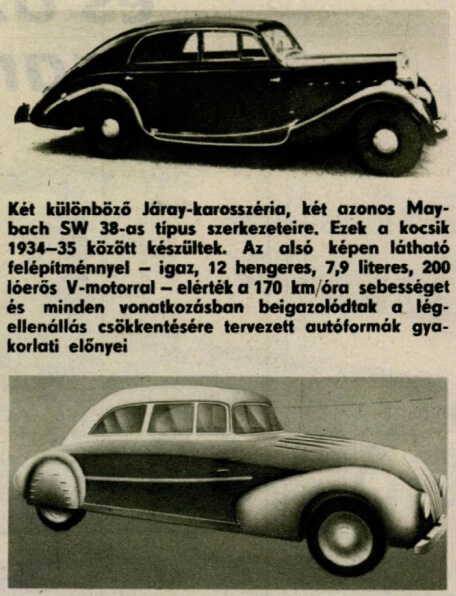
To prove the theory, crucial tests were carried out in 1934, when a series-produced Mercedes and Audi car, each with a two-litre engine, were used. With the original bodywork, these cars reached a top speed of 100.62 km/h. When Járay's streamlined design was fitted in place of the factory bodywork, the cars' speed increased to 141.1 km/h under the same conditions
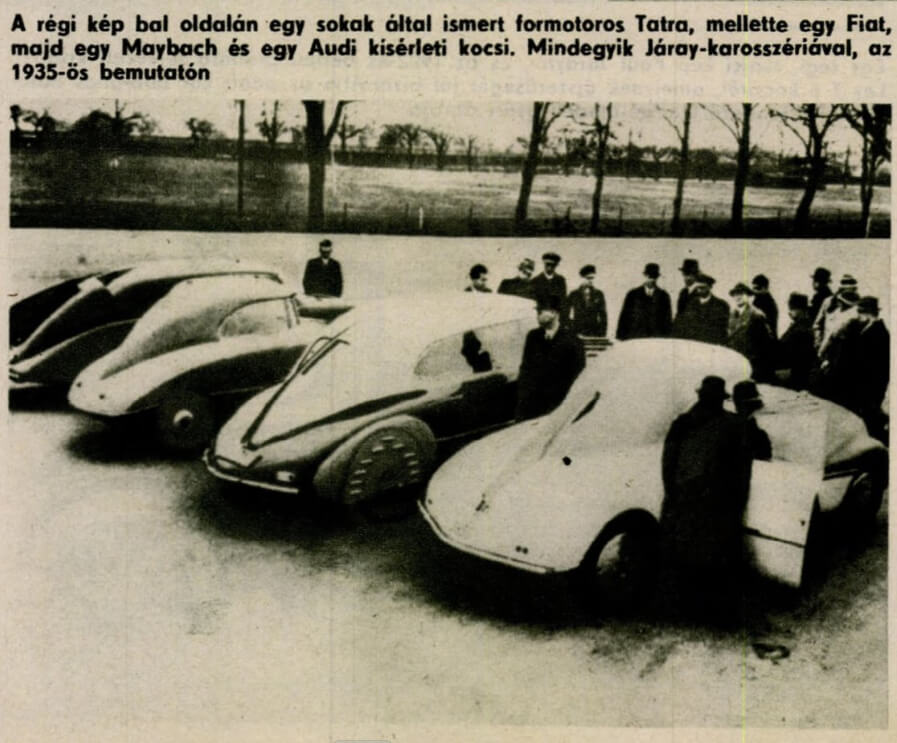
The lesson is still valid today: with a good air resistance body, you can achieve the same speed with lower fuel consumption and lower engine power as a car with higher fuel consumption and higher engine power, or you can go faster with the same engine power.
These are all decisive arguments that will remind future motorists around the world of the work of Paul Jaray, aka Paul Járay.
György Liener
The Berone (Lamborghini) "Countach" and "Bravo" models were designed to Járay's three-point aerodynamic requirements.
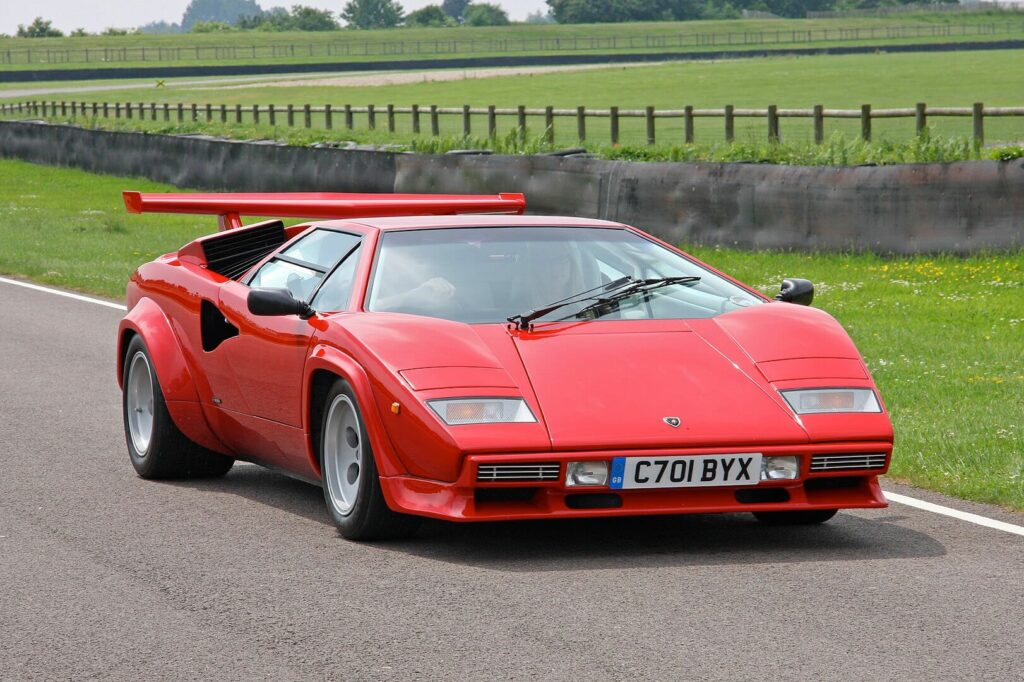
Lamborghini Countach 5000QV
Image source: wikipedia / Brian Snelson
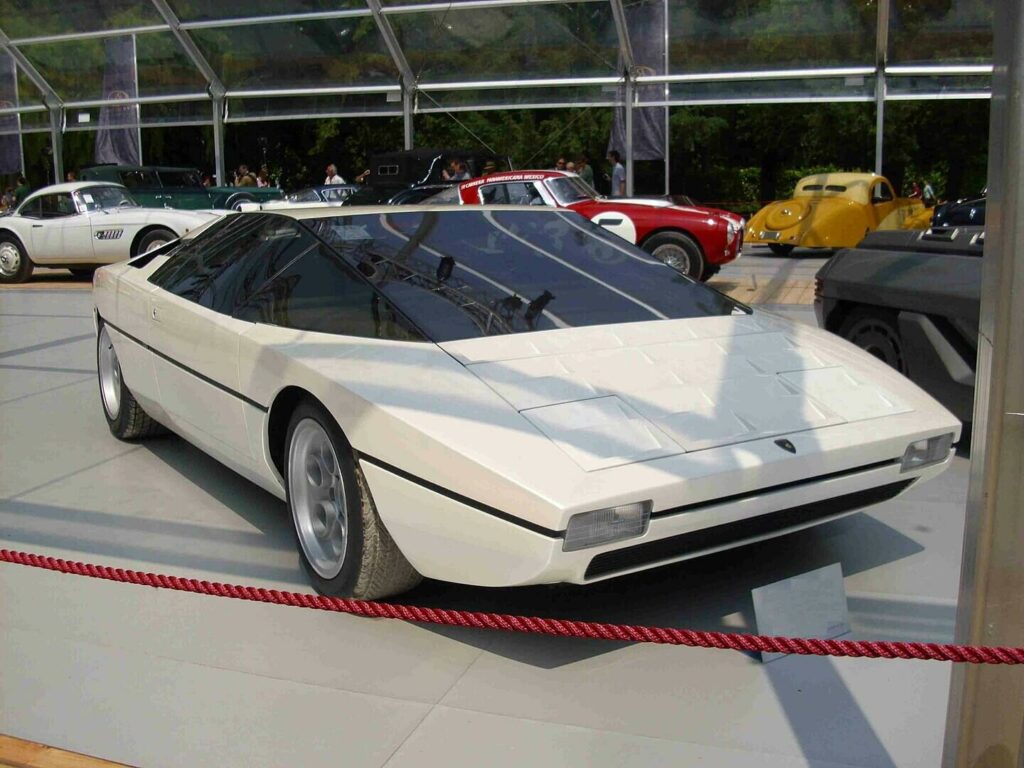
Lamborghini Bravo 1974
Image source: wikipedia / Buch-t
